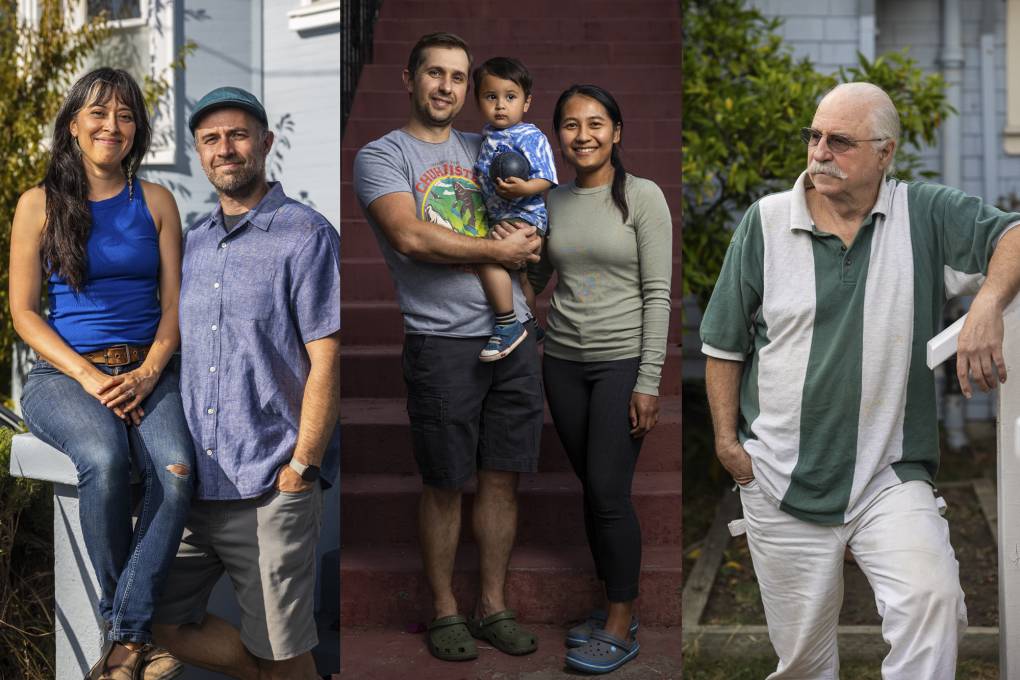Marin County supervisors approved a countywide road map on Tuesday to reach its goal of an all-electric future.
The plan, which comes after a 2022 Marin County Civil Grand Jury report noting the need for coordinated implementation to meet goals for reducing greenhouse gas emissions, makes 10 recommendations that include a neighborhood-scale electrification project, streamlining the permit process and offering permit discounts to reduce the cost of appliance upgrades.
The building electrification road map aligns with regional and state efforts to reduce carbon emissions. In 2023, the Bay Area Air Quality Management District banned the sale of new gas-powered furnaces and water heaters starting in 2027 — a move that, according to the district, would reduce health impacts by nearly $900 million annually in the region.

